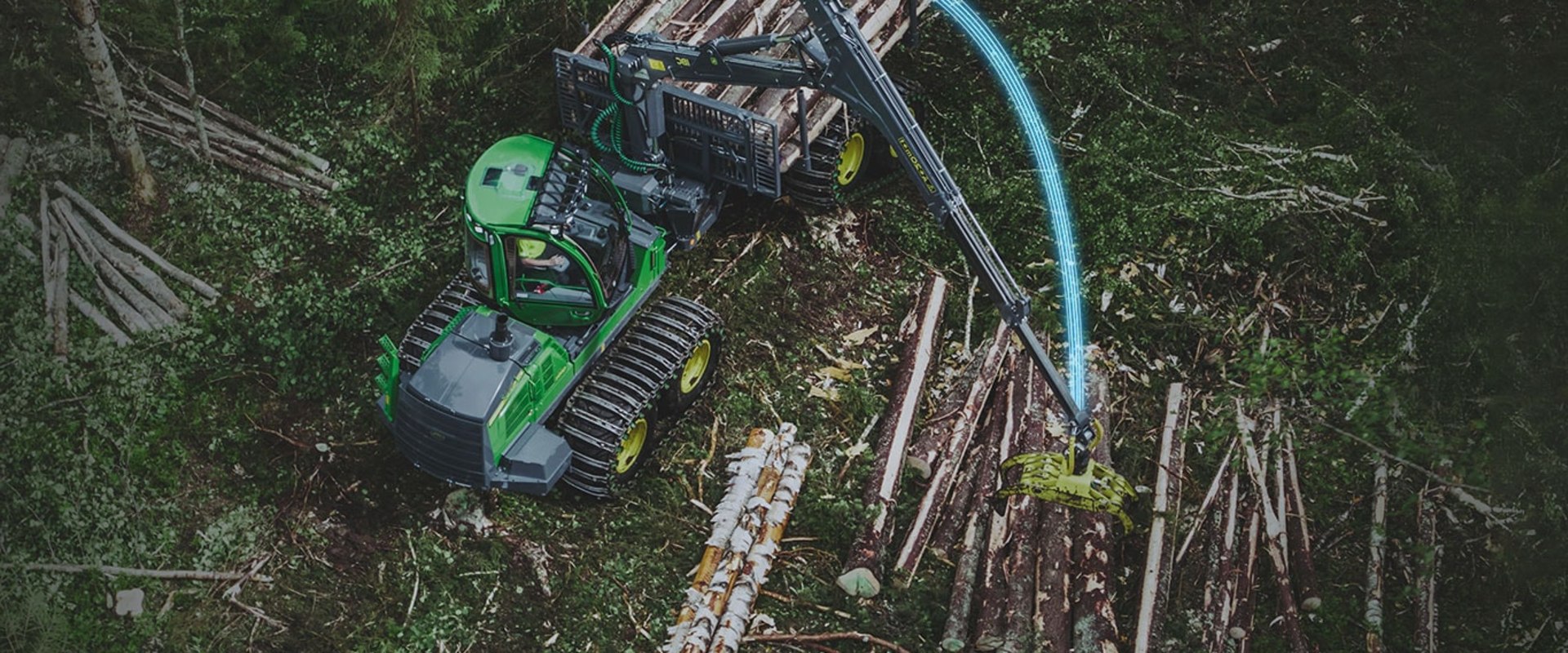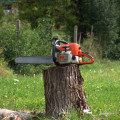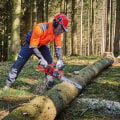Forestry equipment plays a vital role in managing forests, ensuring the sustainable use of natural resources, and maintaining safety during operations. From harvesting timber and clearing land to promoting healthy tree growth and managing ecosystems, forestry equipment is indispensable for efficient and responsible forestry practices. Each type of equipment is designed for specific tasks, but together they enable professionals to handle everything from logging and thinning to maintenance and rehabilitation. Below, we explore the essential functions of forestry equipment and how it contributes to the broader goals of forest management.
Harvesting and Timber Processing
One of the primary functions of forestry equipment is harvesting timber for commercial use. Machines such as feller bunchers, harvesters, and skidders are used to cut, process, and transport logs. These specialized tools ensure precise cuts, reduce waste, and improve safety during logging operations. For instance, harvesters can fell, de-limb, and cut trees into specified lengths in a single operation, increasing efficiency while minimizing manual labor.
Skidders and forwarders are used to transport logs from the forest to a central location for further processing or transportation. These machines are equipped to navigate rugged terrain, ensuring that timber is extracted without causing excessive damage to the surrounding environment.
Land Clearing and Preparation
Forestry equipment is also crucial for land clearing and preparation, whether for planting new trees, managing invasive species, or repurposing land for agriculture or development. Mulchers, bulldozers, and excavators are commonly used to remove unwanted vegetation, clear stumps, and level the ground.
For example, mulchers shred brush and small trees into mulch, which can then be left on-site to enrich the soil. This method not only clears the land but also enhances its fertility, making it an eco-friendly solution. In some cases, land clearing operations may also involve professional tree removal, particularly for large or hazardous trees that require specialized handling.
Maintaining Forest Health
Forestry equipment plays a critical role in promoting the health and sustainability of forests. Tools such as pruners, chainsaws, and thinning machines are used to remove dead or diseased branches, improve air circulation, and reduce the risk of pest infestations. Thinning equipment is particularly important for managing forest density, which helps ensure that remaining trees have access to sufficient sunlight, water, and nutrients.
Controlled burns, another vital aspect of forest management, often rely on equipment like fire plows and drip torches. These tools help create firebreaks and manage fuel loads, reducing the risk of uncontrolled wildfires while promoting healthy ecosystems.
Erosion Control and Soil Conservation
Forestry equipment also contributes to erosion control and soil conservation efforts. Machines like seeders and planters are used to replant cleared areas quickly, stabilizing the soil and preventing erosion. Mulchers and brush cutters can create organic ground cover, which protects the soil from the impact of heavy rain and reduces runoff.
On slopes or in areas prone to landslides, excavators and bulldozers can be used to create terraces or reinforce embankments, ensuring the long-term stability of the land. These practices help preserve soil quality and maintain the health of surrounding ecosystems.
Advancing Sustainable Practices
Modern forestry equipment is increasingly designed with sustainability in mind. Technologies like GPS and remote sensing allow operators to plan and execute operations with precision, reducing waste and minimizing environmental impact. For example, logging machinery equipped with advanced tracking systems can optimize harvesting routes, reducing fuel consumption and limiting disturbance to wildlife.
Additionally, the use of bio-based lubricants and fuel-efficient engines in forestry equipment reflects the industry's commitment to reducing its ecological footprint. This focus on sustainability ensures that forests can continue to provide economic, ecological, and recreational benefits for future generations.
Enhancing Safety and Efficiency
Safety is a top priority in forestry operations, and modern equipment is designed to minimize risks for operators and workers. Features like enclosed cabs, ergonomic controls, and advanced braking systems protect operators from hazards such as falling branches or uneven terrain.
Automation and remote-controlled machinery are also becoming more common, allowing operators to manage equipment from a safe distance. These innovations not only improve safety but also enhance efficiency, enabling forestry professionals to accomplish more in less time.
Supporting Ecosystem Management
Forestry equipment is essential for managing ecosystems and maintaining biodiversity. Tools like brush mowers and tree shears are used to manage vegetation in wildlife habitats, ensuring that species have access to the resources they need. Additionally, reforestation equipment supports the growth of native trees, helping to restore ecosystems damaged by logging, natural disasters, or human activity.
Conclusion
The essential functions of forestry equipment go far beyond timber harvesting. From land clearing and soil conservation to maintaining forest health and advancing sustainable practices, these tools are integral to effective forest management. Professional services like tree removal often rely on specialized forestry equipment to safely and efficiently handle challenging projects, ensuring minimal impact on the surrounding environment. As technology continues to advance, forestry equipment will play an increasingly important role in preserving forests and supporting the sustainable use of natural resources.







